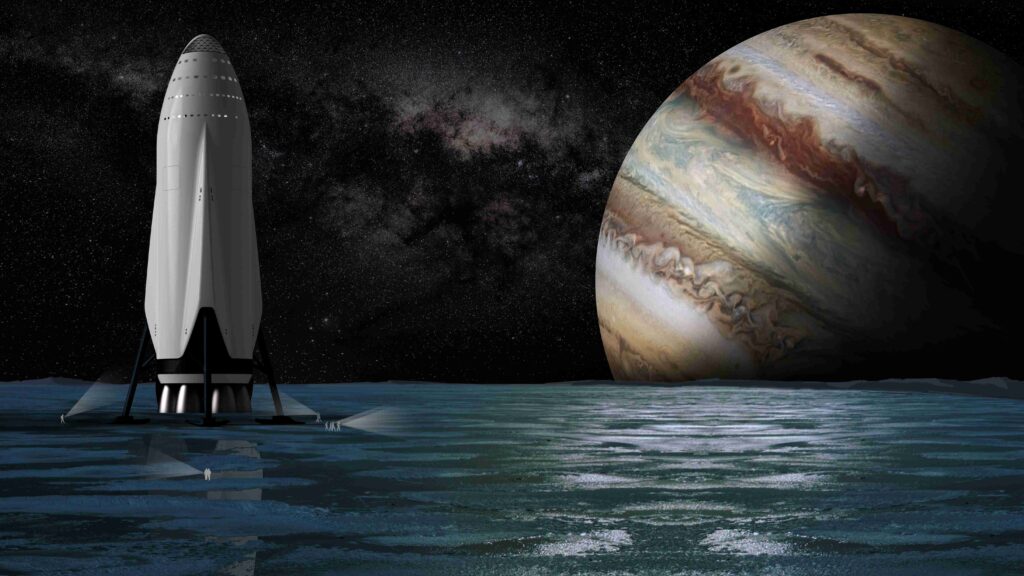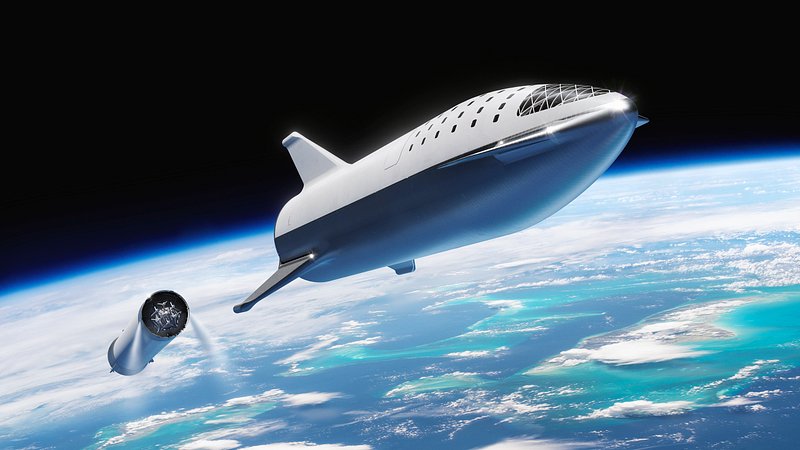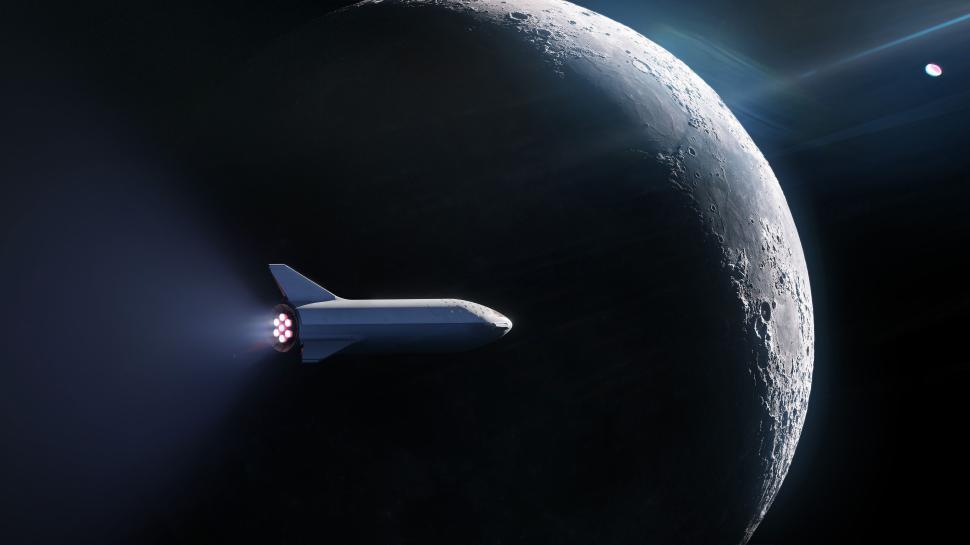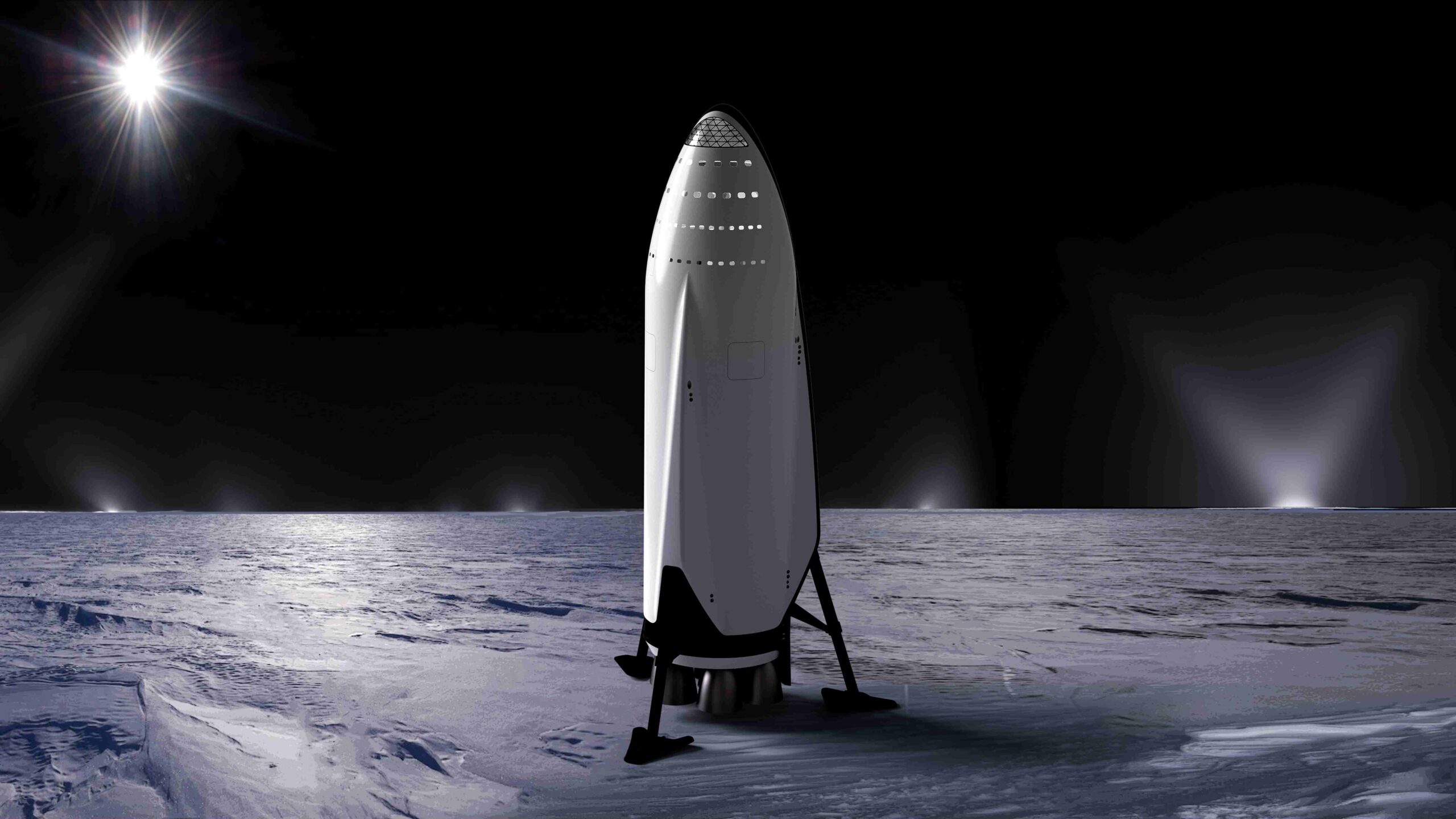SpaceX is aiming for the stars—literally. As humanity prepares for its long-awaited return to the Moon, orbital refueling has become the central technological challenge. Starship, the largest spacecraft ever built, must overcome massive hurdles to make that lunar dream a reality. But according to SpaceX President Gwynne Shotwell, the company is ready to refill Starship in orbit—as early as next year.
This ambitious feat could mark a turning point in modern space exploration. But how will SpaceX make it happen? And why are they so confident in such a complex system?
Let’s dive deep into SpaceX’s refueling plans and what it means for the future of human spaceflight.
Why Refueling Starship in Orbit Is Crucial
The Challenge of Reaching the Moon
Sending Starship to the Moon is not as simple as launching a rocket and pointing it toward our nearest celestial neighbor. Due to Starship’s massive size and fuel requirements, it cannot carry enough propellant for a lunar landing from Earth orbit without refueling.
Once in orbit, Starship must be refilled with cryogenic propellants—liquid oxygen and liquid methane—to make the journey. This concept, while revolutionary, introduces a series of challenges never attempted before in human history.

The Starship Refueling Process: How It Works
Two Options: Direct Transfer or Orbital Depots
SpaceX is currently exploring two main refueling strategies:
- Direct Starship-to-Starship Refueling
This involves launching two Starships in succession—one as a tanker and the other as a lunar lander. The two spacecraft must rendezvous in low Earth orbit, dock precisely, and transfer fuel. - Orbital Fuel Depots
Alternatively, SpaceX could build permanent fuel depots in orbit. These depots would store cryogenic fuels delivered by multiple tankers and serve as refueling stations for future missions.
Both strategies are highly complex and have never been demonstrated in spaceflight history. However, SpaceX believes it can do it—and soon.
Why SpaceX Is Confident
Decades of Experience with Docking Operations
Gwynne Shotwell emphasized during the World Space Business Week conference:
“We know we can dock two spacecraft. We’ve flown Dragon to the ISS dozens of times already.“
This confidence stems from SpaceX’s record-breaking experience with the Dragon spacecraft, which has performed:
- 33 successful cargo missions
- 19 crewed flights
- Only one failure (2015) in over 50 missions
SpaceX has mastered orbital docking, thanks to technologies like:
- LiDAR-based navigation
- Advanced autopilot systems
- Precision thruster control
Starship Docking Is Easier Than ISS Docking
Both Elon Musk and Shotwell have noted that docking Starship to Starship is easier than docking Dragon to the ISS. Why?
- Both Starships are identical systems, allowing for synchronized control
- Unlike the ISS, SpaceX has full command over both spacecraft
- Active maneuvering by both vehicles simplifies the alignment and docking process
This capability will be essential for the propellant transfer to succeed.
Upcoming Refueling Demonstrations in 2026
Initial Test Flights Expected Early Next Year
SpaceX is planning two major test missions next year:
- Orbital Rendezvous Test – To validate docking mechanics between two Starships.
- Propellant Transfer Demonstration – To prove actual fuel movement between vehicles.
If successful, these missions will unlock the next phase:
- Uncrewed lunar landing test
- Artemis III preparations
- Potential Mars cargo missions

NASA’s Confidence in SpaceX
NASA has backed Starship as its Human Landing System (HLS) for Artemis III. This decision has faced criticism, largely due to the complexity of orbital refueling. However, NASA remains committed.
Shotwell reportedly assured NASA officials that Starship will be ready on time.
Production and Infrastructure: Scaling Up for Success
To execute the refueling plan, SpaceX must dramatically increase vehicle production and infrastructure readiness.
Starship Manufacturing
The Starbase facility in Boca Chica is already producing:
- Nosecones
- Stainless steel rings
- Propellant tanks
However, SpaceX may require up to 20 Starships in active rotation for refueling and testing.
Launch Infrastructure
Key launch pads are undergoing upgrades:
- Pad 2 at Starbase – Nearing operational readiness
- LC-39A in Cape Canaveral – Modified for Starship
- SLC-37 – New launch platforms under construction
This will ensure high mission cadence and flexibility.
Introducing the V3 Starship
Higher Payload, Better Refueling
The upcoming V3 Starship is expected to:
- Carry significantly larger payloads
- Enable more efficient refueling
- Launch as early as late 2025 or early 2026
This version will be crucial for Moon and Mars missions.
Cryogenic Fuel Challenges in Space
Storing Liquid Methane and Oxygen
Cryogenic fuel management is a major hurdle in space. SpaceX must overcome:
- Boil-off (fuel loss due to temperature fluctuations)
- Thermal insulation requirements
- Sloshing (fuel movement affecting stability)
If pursuing orbital depots, tanks must also resist:
- Micrometeoroid impacts
- Radiation exposure
- Long-term thermal cycling

The Timeline: What’s Next for 2026?
Here’s a look at the planned milestones for SpaceX’s refueling development:
| Milestone | Estimated Timeline |
|---|---|
| Docking Test (Starship to Starship) | Q1–Q2 2026 |
| Cryogenic Propellant Transfer Test | Q2–Q3 2026 |
| Uncrewed Lunar Demo | Q3–Q4 2026 |
| Artemis III Launch Prep | Late 2026–Early 2027 |
With every successful mission, SpaceX moves closer to proving the viability of orbital refueling.
Why Critics Are Skeptical (And Why They’re Missing the Big Picture)
The Argument Against Starship Refueling
Some critics argue:
- Refueling is too complex
- It’s expensive and unproven
- NASA made a mistake choosing Starship for Artemis
But these arguments ignore the long-term strategy.
Why Starship Is Worth the Risk
Smaller landers might work for short, one-off lunar missions, but they cannot:
- Establish permanent lunar bases
- Support heavy cargo missions
- Enable interplanetary travel
Starship’s capacity unlocks:
- Lunar infrastructure
- Rovers, habitats, and labs
- Sustained operations on the Moon and Mars
The initial challenges of refueling will pave the way for a new space economy.
Orbital Refueling: A Strategic Investment in Humanity’s Future
Elon Musk has long stated that making humanity multiplanetary is his ultimate goal. Refueling Starship is a crucial step toward that vision.
Imagine a world where:
- Missions to Mars are routine
- Moon bases are permanent
- Starships refuel in orbit and travel beyond the solar system
That future begins with mastering orbital refueling.

What Needs to Happen Next
To achieve this, SpaceX must:
- Ramp up Starship production
- Perfect docking and fuel transfer
- Ensure ground and orbital systems are in sync
- Maintain aggressive testing cycles
- Develop thermal and fluid systems for cryogenics
Every component must work in harmony for the system to succeed.
Conclusion: Is Starship Refueling the Key to the Future?
SpaceX is attempting what no one has ever done before—refuel a massive rocket in orbit to carry humans beyond Earth. It’s a bold, risky, and groundbreaking endeavor.
Yet, history shows that SpaceX thrives on impossible tasks. Their success with Falcon 9, Dragon, and Falcon Heavy proves they’re capable of revolutionizing space again.
If the refueling test is successful in 2026, it won’t just be a milestone. It will be a new era in spaceflight.
FAQs
1. What is SpaceX’s Starship refueling system?
SpaceX’s Starship refueling system involves transferring cryogenic fuel—liquid oxygen and liquid methane—between two Starship vehicles in Earth orbit. This process allows Starship to gain enough fuel to complete missions to the Moon, Mars, and beyond.
2. Why does Starship need to be refueled in space?
Starship is a massive spacecraft designed for deep space missions. It cannot carry all the required fuel to reach the Moon or Mars in a single launch due to weight and size limitations. Orbital refueling solves this issue by topping off fuel tanks in low Earth orbit.
3. When will SpaceX begin testing Starship refueling in orbit?
SpaceX plans to conduct its first orbital refueling demonstration in 2026, possibly as early as the first half of the year. Two Starships will be launched to test docking and fuel transfer.
4. Has any company ever done orbital refueling before?
No, orbital refueling has never been done at scale. While some spacecraft have docked and transferred small amounts of consumables or fuel, a full-scale cryogenic propellant transfer between two vehicles is unprecedented.
5. What are the two main refueling strategies SpaceX is considering?
- Direct vehicle-to-vehicle refueling between two Starships in orbit.
- Orbital fuel depots that store propellant and serve multiple missions over time.
6. What technology enables Starship to dock in orbit?
SpaceX uses advanced systems like LiDAR sensors, automated docking software, and precise thruster controls—similar to the proven tech used in Crew Dragon missions to the International Space Station.
7. How is docking Starship to Starship easier than docking with the ISS?
Since both Starships are identical and controlled by SpaceX, the docking process is more synchronized and manageable than docking with the ISS, which is a separate system managed by NASA and its partners.
8. Will Starship refueling be used for the Artemis III mission?
Yes. NASA selected Starship as the Human Landing System (HLS) for Artemis III, and refueling in orbit is essential for the mission to deliver astronauts to the lunar surface.
9. What are the biggest challenges of orbital refueling?
The key challenges include:
- Rendezvous and docking precision
- Managing cryogenic propellants in space
- Preventing fuel boil-off
- Ensuring leak-free, insulated transfer lines
10. How many Starships will SpaceX need for refueling missions?
Initial estimates suggest up to 20 Starships may be required for testing and tanker rotations, especially if refueling is done without a permanent depot.
11. What role does the Starbase facility play in this process?
Starbase in Boca Chica, Texas, is SpaceX’s primary Starship production and launch facility. It’s central to vehicle assembly, testing, and launching future refueling missions.
12. What is the V3 Starship, and how is it different?
The V3 Starship is an upgraded version of the current model. It offers higher payload capacity, improved fuel management systems, and is optimized for orbital refueling and lunar operations.
13. Could orbital depots be used for Mars missions too?
Absolutely. Once perfected, orbital fuel depots could support long-duration Mars missions, enabling spacecraft to refuel in Earth orbit before departing for interplanetary destinations.
14. Why are some critics skeptical about Starship refueling?
Critics argue that orbital refueling is too complex, untested, and adds significant risk to mission timelines. Others believe NASA should have selected a simpler lunar lander.
15. Is SpaceX likely to succeed with its refueling plans?
While challenges remain, SpaceX has a strong track record of solving tough problems. With dozens of successful orbital dockings and an aggressive development pace, many experts believe SpaceX will succeed in demonstrating orbital refueling by 2026.
Read More:
- Teslas in the Boring Co. Vegas Loop are about to get a big change
- Multiple Tesla Cybercab units spotted at Giga Texas crash test facility
- Elon Musk confirms Tesla FSD V14.2 will see widespread rollout
- SpaceX just declared Final Result on Starship 11 Flight after Buoy Footage Review
- Starship Flight 11 Broke the Internet with Insane Landing, SpaceX declared $100M/Ton to Moon


2 thoughts on “SpaceX President Declared Starship Refilling System to the Moon Next Year after”